The market for private-label OTC drugs is expected to reach $3.6 billion by 2010, according to a new study by Kalorama Information, a division of MarketResearch.com. The study found that private-label brands ate up 19.7% of the OTC market share in 2004, with sales topping $3.4 billion in 2005.



